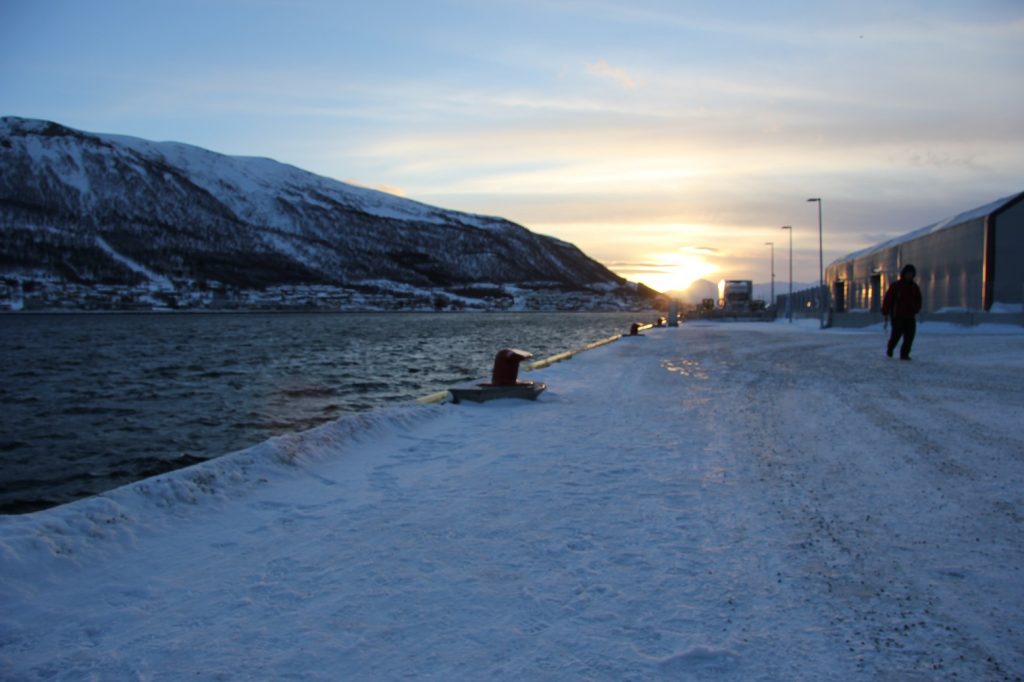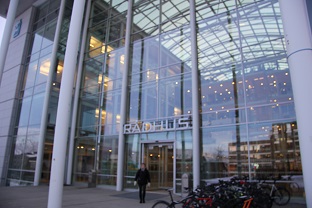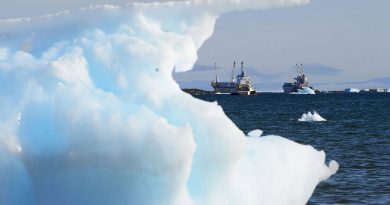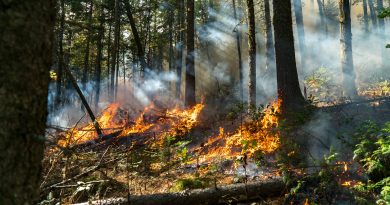Arctic Profile: Running Tromso – the successes and the challenges

Arctic Profiles is an occasional Eye on the Arctic series where we check in with different Arctic regions to take the temperature of the current political, business or social climate.
In this instalment, we’ve turned our attention to the Arctic Norwegian city of Tromso and check in with the mayor to hear about the best and worst parts of running this small Arctic city.
Name: Jarle Aarbakke
Title: Mayor of Tromso
Eye on the Arctic: What are the three main municipal issues facing Tromso from City Hall’s point of view?
Jarle Aarbakke: We’re a city that is growing. For the last 40 years the number of inhabitants has doubled. Now we have 73,000 people coming from 146 different nations. The growth of the city like that creates problems and opportunities. A general one, like in the rest of the western world, there’s an ever increasing number of people that need health care, both in their homes and in nursing homes. Here, it’s the responsibly of the community and with our growth it’s an increasing challenge. We also have a growing number of children which is also a concern in the city because City Hall is responsible for taking care of kindergarten and elementary schools. It’s a challenge to continue providing high quality services when the population is growing so quickly, but this is also an opportunity because this it’s obviously much better to have these kinds of problems than being a city in decline.

What’s the number one issue/complaint/concern the citizens of Tromso bring up with you when they meet you in person?
That we’ve had to raise one of the taxes here in order to deal with the challenges I just mentioned, health care and good schools. Some of our citizens are frustrated with that and here in northern Norway, we are known to speak our minds, so they let me know about that.
What’s going well in Tromso? What major issue/challenge has the city overcome in recent years, and how did they do it?
Tourism. I’m going to sounds like a tourism machine, but it’s the truth. You can go whale-watching here. You can do sledding. Within the city centre here you have a concert hall, caffe lattes, the northern lights.
When you travel abroad, or in southern Norway, what`s the biggest misconception people have about the city?
Some wonder if we have electricity. Things like that. People think of Tromso as a very remote city in the Arctic: deep frozen and so on. But in the summer, we have up to 30 degrees plus. One other misconception is that we live off fishing, but we also have oil and gas, a lot of activities based on high competence, people who develop natural resources. So we’re small. High in the Arctic. But you can still do pretty much anything here.
The above Q&A has been edited and condensed
Does Canada have something to learn from the Tromso experience?
Write to Eilís Quinn at eilis.quinn(at)cbc.ca
Related stories from around the North:
Canada: The environmental and social impacts of Arctic tourism, Eye on the Arctic
Finland: Increased tourism from Asia gives Finnish Lapland boost, Yle News
Greenland: Blog – Greenland pioneers Arctic tourism & mining, Cryopolitics
Norway: Russia boosts tourism on Svalbard, Norway, Barents Observer
Russia: Currency drama has little impact on tourism in Barents region, Barents Observer
United States: Alaska cultural tourism comes with challenges, Alaska Dispatch News



